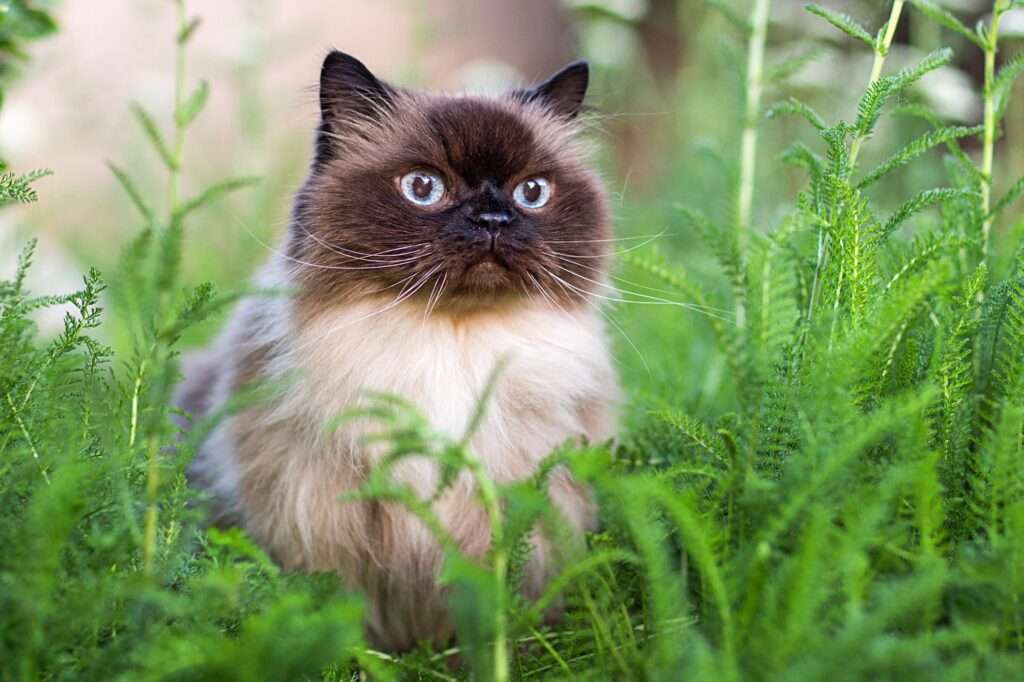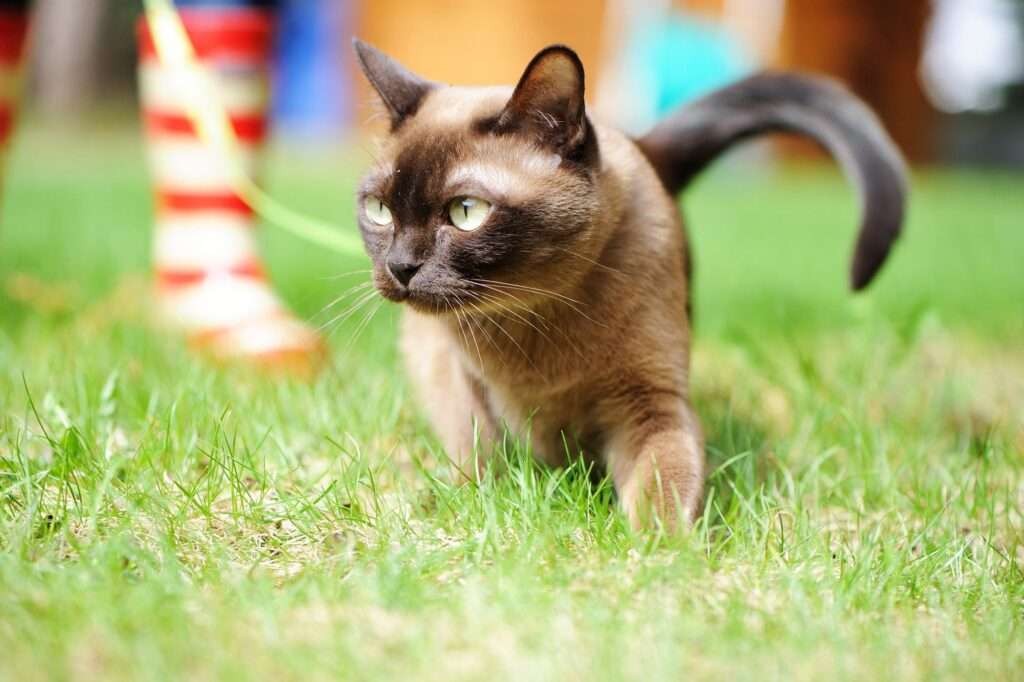
Description
Size: 7-18 lbs
Himalayan cat is a mix of Siamese’s colorful coloration with a Persian’s plush coat. The Himalayan cat is a medium-sized cat, but due to its long, fluffy coat, it appears bigger than it actually is.
Himalayans resemble Persian dressed in fur coats. They have darker points on their ears, cheeks, legs, and tail, standing out beautifully against their long, white hair. These points can have many various shades, including seal, blue, lilac, chocolate, flame, and cream, as well as patterns like tabby, lynx, and tortoiseshell.
Behavior
Activity Level: Low to moderate
Social needs: calm, welcoming, and interacts with everyone
The Himalayan is a calm cat with surges of kitten-like energy. She’ll be resting in the sun. Suddenly she bursts up and runs around the room, bouncing around.
When she feels like it, the Himalayan will curl up next to you, take a nap on your bed, or even perch on your lap. She is not bothered by changes in routine and is typically nice with everyone.
They are very kind, rather calm cats, but don’t let that fool you into thinking they’re boring. These cats adore playing with toys. They are clever and attentive to their owners, frequently welcoming them at the entrance after a brief absence.
Origin/History
Breeders had long aspired to create a Persian cat with the pointed pattern of a Siamese. In the early 1930s, the efforts of Marguerita Garforth, Virginia Cobb, and Dr. Clyde Keeler resulted in the production of Persian cats with colorful points known as Himalayans in the United States. A breeding initiative to create these cats also began in England in 1935, following a visit by British breeders to the United States to view the Himalayan breed. During WWII, the breeding effort had to be halted, but it was later resumed.
Care as a Pet

Nutrition and Diet
It’s crucial to discuss your cat’s feeding plan with your veterinarian because your cat’s nutritional requirements vary depending on its age, weight, and level of activity. You might want to ask your vet about a meal specifically designed to prevent or reduce hairballs because Himalayans are prone to them due to their long, silky coats, which are particularly prone to shedding.
All breeds of cats are susceptible to feline obesity, so take care not to overfeed your cat either with treats or at mealtimes. A tailored nutrition plan might be given by your vet if your cat is putting on too much weight.
Exercise
Although Himalayans don’t require much exercise, they are very playful and will misbehave if they get bored. By giving them lots of cat toys and setting aside some time each day for playtime, you can keep them occupied and amused. A simple ball of paper will keep Himalayans busy for hours because of their lively dispositions.
Grooming needs
A Himalayan coat should be combed regularly with a firm, wide-toothed comb since it has long hair that tangles and mats readily. Himalayan cats raised from a young age to tolerate routine grooming can learn to appreciate it and see it as their personal time for attention.
Table





